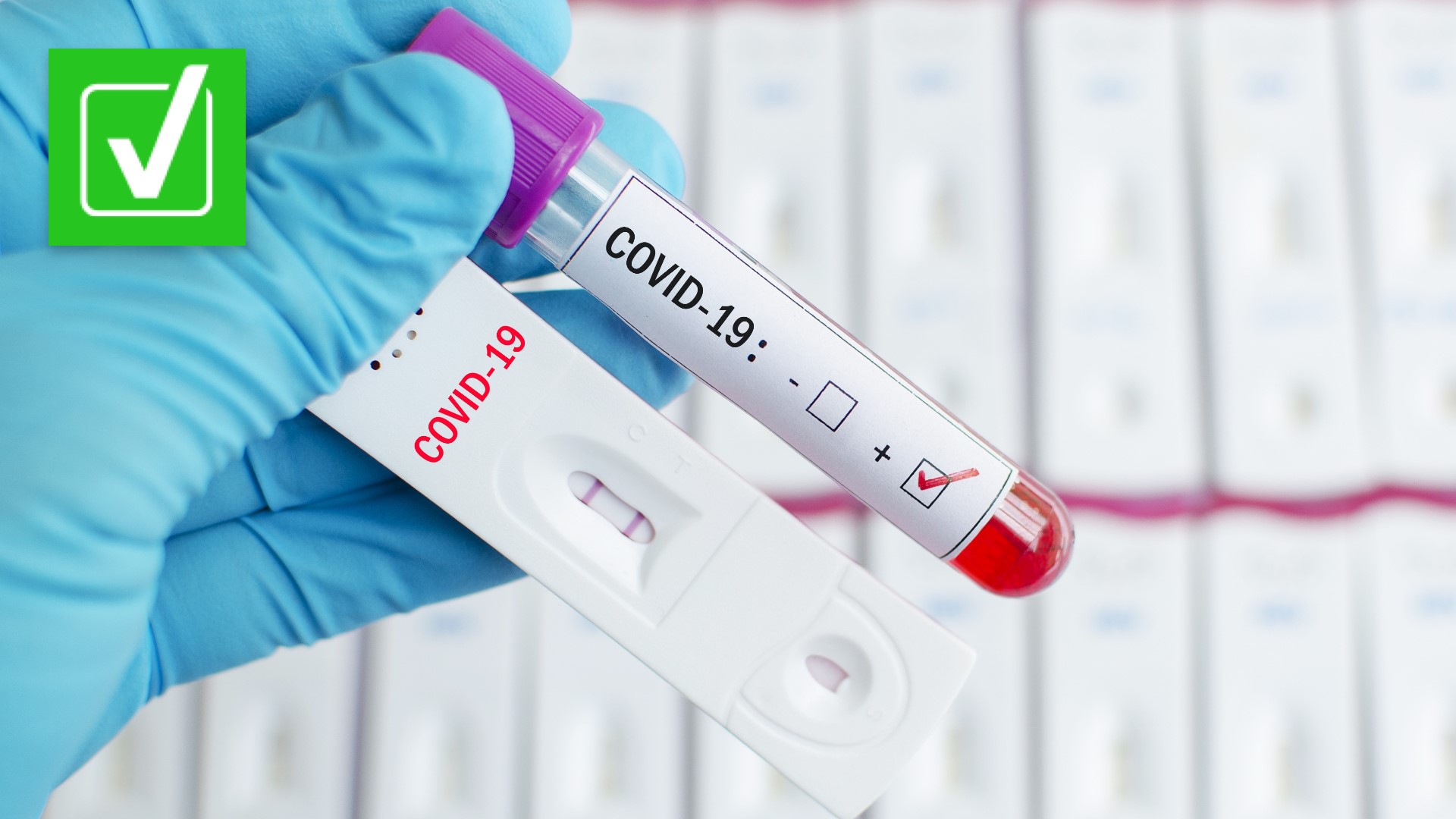WASHINGTON — Starting Jan. 15, all Americans with private insurance will be able to buy at-home COVID-19 tests and have the cost covered by their insurers. As the government attempts to make tests more accessible, that means many Americans may be testing themselves for the first time ever. Here’s what you can do to make sure it’s accurate.
THE QUESTION
What can cause a false negative or a false positive on an at-home rapid antigen test?
THE SOURCES
- Dr. Amesh Adalja, senior scholar at Johns Hopkins University
- Dr. Gigi Gronvall, senior scholar and associate professor at Johns Hopkins University
- Dr. William Morice, chair of Mayo Clinic’s Department of Laboratory Medicine and Pathology and president of Mayo Clinic Laboratories
THE ANSWER
Our experts told us there are three main reasons why an at-home test would come out negative when you actually have COVID-19:
- The test was taken too early, and you’re not infectious yet but may be soon;
- The test was taken too late, meaning you might have had it yesterday but you’re no longer infectious;
- Or, the test was taken incorrectly.
Rapid antigen tests are best at telling you when you are and are not contagious. If you take one of them after infection but before the symptoms present, it could come back negative. The same thing could happen in the opposite situation – if you take an antigen test at the end of the infectious period, it could be negative even though you may still have COVID-19.
“If you've been exposed and you [test yourself] right after you're exposed,” Dr. Morice explains, “it takes a few days for this virus to replicate in your system before you'll be positive.”
The most common cause for a false negative on an at-home test is user error.
“It's really making sure you follow the package insert directions and get a good specimen,” Morice explains.
A key aspect of getting it right is making sure you swab for long enough to get a sufficient sample. For many tests, that's at least 15 seconds in each nostril.
Each FDA-approved at-home rapid antigen test should come with detailed instructions for every step of the way, and some manufacturers like Abbott, which makes the BinaxNOW at-home tests, have their own instructional videos.
“They're all a lot easier the second time you do it than the first time, and if you can watch a YouTube video and how you do it, that might be the best way to avoid any mistakes or wasting a test,” Dr. Gronvall explains. “False negatives are a problem for public health because if somebody thinks they're negative, and they're actually not, they might go on to infect other people.”
As for false positives, our experts say those are very unlikely.
“False positives tend to be rare, and they're going to be more likely to occur and someone who's just screening themselves. They may have, for example, an expired test kit, they may have done the test kit wrong,” Dr. Adalja says. “In those situations, you may want to repeat it. That's why those test kits come with two.”
No test is 100% accurate, but the tests on the market in the U.S. are highly accurate, and as long as you follow the instructions, you will most likely get the correct result.
For more information about COVID-19 tests from the Verify team, see the stories below:
RELATED: Which COVID-19 test should you take?

